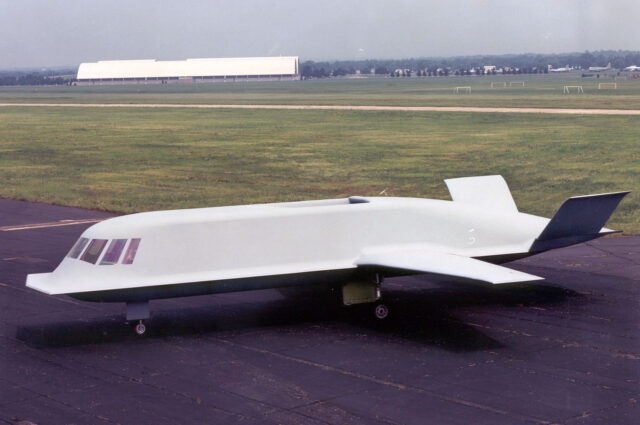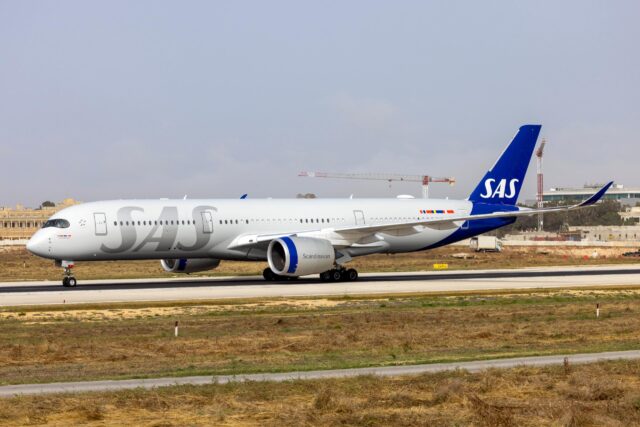GetJet earns triple the ACMI sector average: Here’s how its model delivers standout margins

August 6, 2025

GetJet Aviation Holdings reported on 6 August a net profit of €25.4 million on revenue of €184.3 million for the 2024 fiscal year.
These figures imply an EBITDA margin in the region of 13.8%, roughly three times the global airline industry average net margin of 3.6% reported by IATA in 2024.
Driving these results are several structural and strategic shifts that have repositioned GetJet from a lean ACMI operator into a vertically integrated aviation group. GetJet says its strong performance is a validation of its operational shift.

“This performance validates the strategic decisions we made in 2023,” said Darius Viltrakis, CEO of GetJet Aviation Holdings. “By founding Airhub Aviation, we deliberately chose to build up internal technical capabilities, giving us greater control over our operational pace.
“This approach has preserved both service flexibility and profitability, even as the industry faces mounting maintenance capacity constraints.”
How GetJet delivers the best profits in the ACMI industry
Over the past two years, GetJet has expanded beyond wet leasing into high-margin areas such as aircraft maintenance, component trading, asset management, and crew training.
The creation of Airhub Aviation has brought critical maintenance capabilities in-house, reducing reliance on external providers and enabling faster turnarounds and tighter cost control.
In March 2025, GetJet secured a 40-year lease from Lithuanian Airports for land at Vilnius International Airport, where it plans to build a state-of-the-art maintenance hangar dedicated to servicing its fleet. The project is estimated to be a €10 million, with the first maintenance operations expected to begin in 2028.

As part of GetJet Aviation Holdings, GetJet also benefits from its multi-AOC structure, spanning Lithuania, Latvia, and Malta. This allows for greater operational flexibility and regulatory efficiency across regions.
This layered model has diversified revenue streams, improved fleet utilisation, and unlocked economies of scale that now distinguish GetJet from many of its single-focus ACMI peers.
GetJet is renowned for its ability to mobilise a fully crewed aircraft within 90 minutes, enabling it to command premium pricing for urgent deployments. For airlines facing delays or fleet gaps, that responsiveness translates into higher yields per aircraft hour.
ACMI leasing: Both lucrative and lifesaving
ACMI has become a lifeline for busy airlines as they try to navigate aircraft delivery delays and supply chain shortages around busy schedules.
But it’s helped struggling airlines to stay afloat too. Norse Atlantic began leasing its 787 Dreamliners to IndiGo earlier this year, and by next year, 75% of its fleet will be flying for the Indian airline. This gives Norse a little breathing space to drive down its $850 million in debt.

For pure ACMI airlines like GetJet, the competition is fierce. From a relatively niche market 20 years ago, ACMI has become a core part of the global fleet management strategy, with an estimated 60-80 companies in the space.
Market research forecasts that ACMI leasing will continue to grow, from a current valuation of $5.5 billion to between $8 and $10 billion by the end of the decade.
With companies like GetJet shaking up the model by combining business lines, it shows that even in this crowded marketplace, there’s still room for innovation.
















